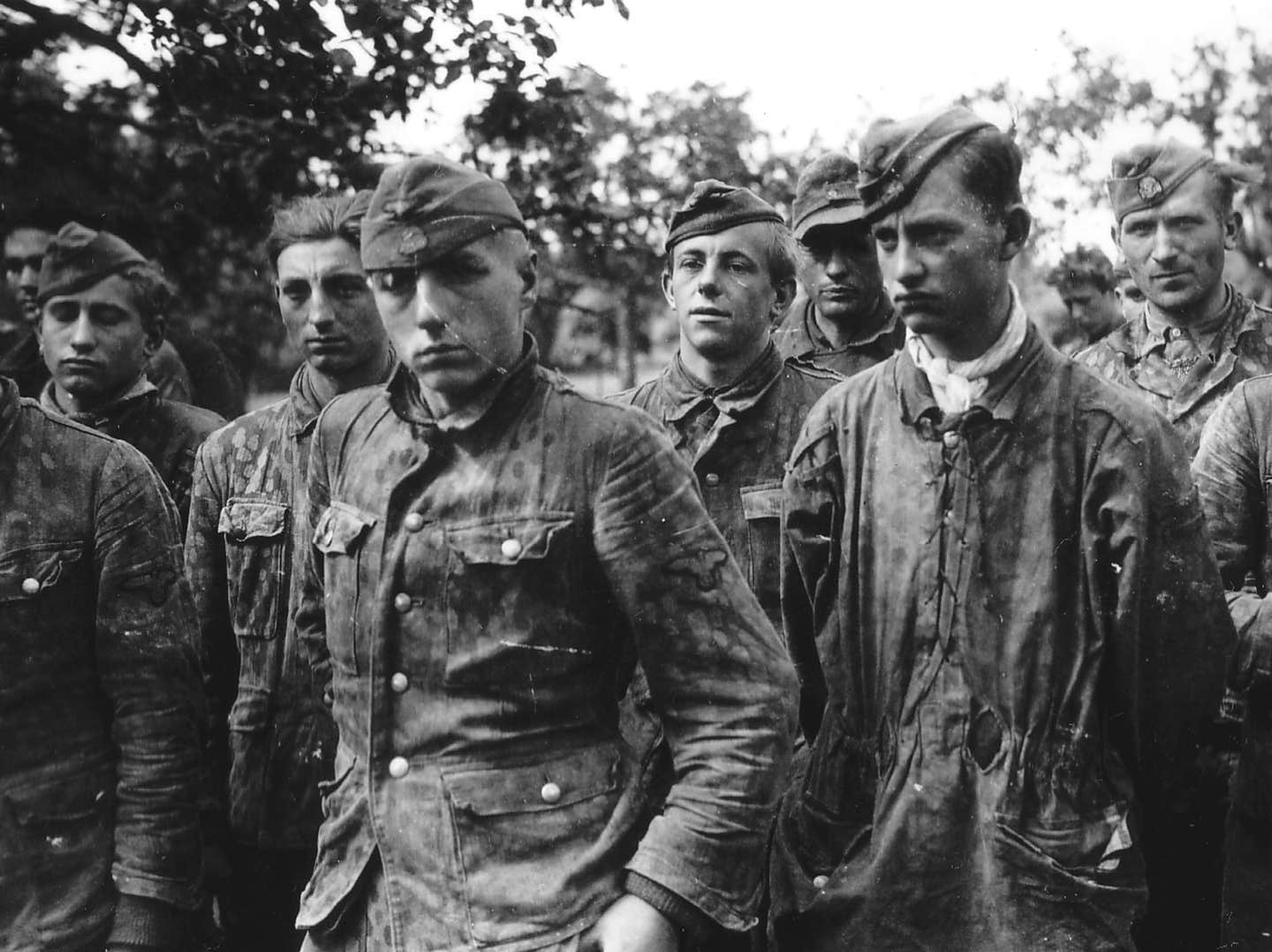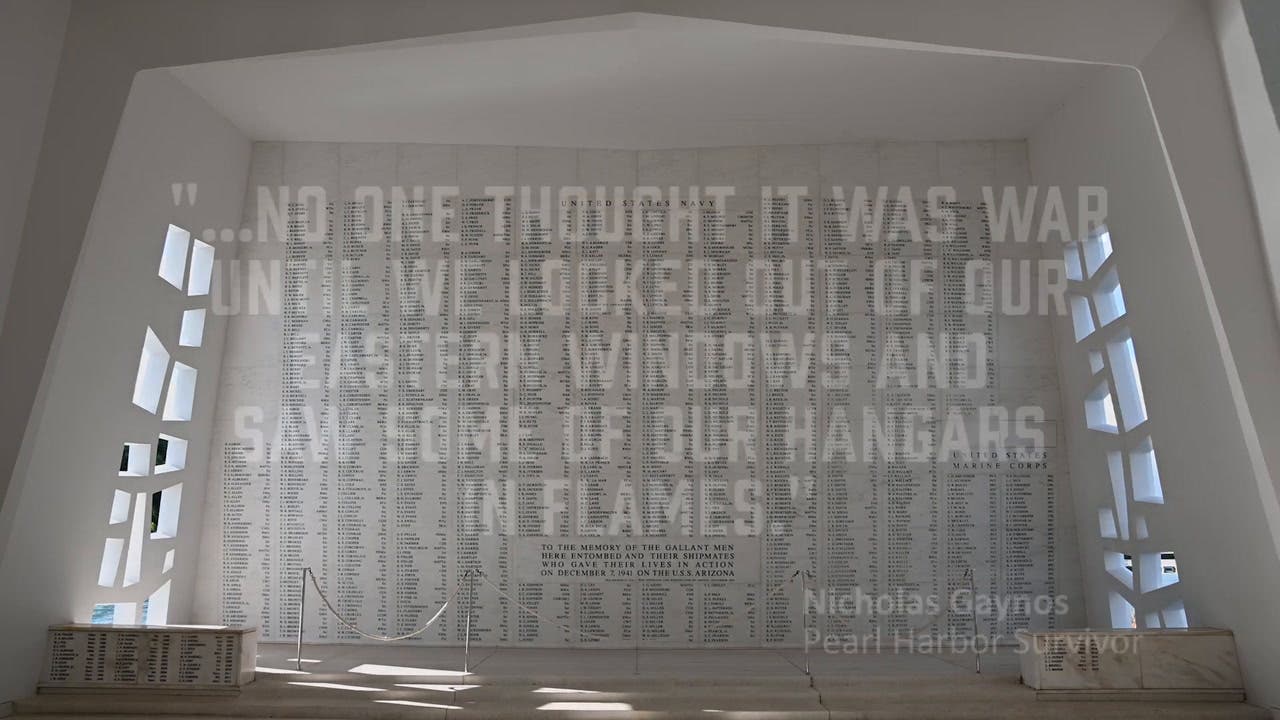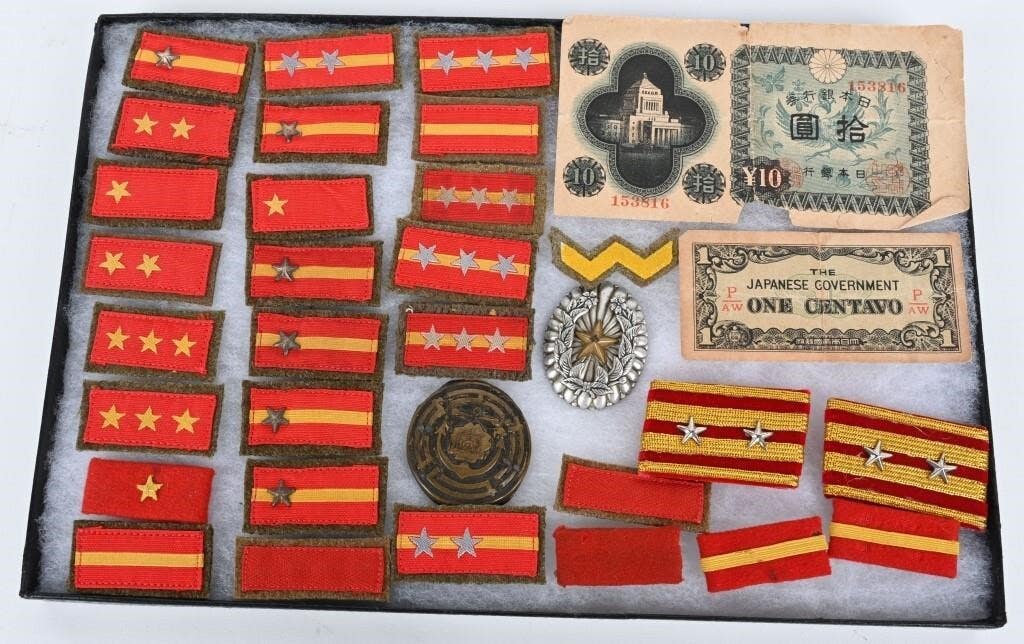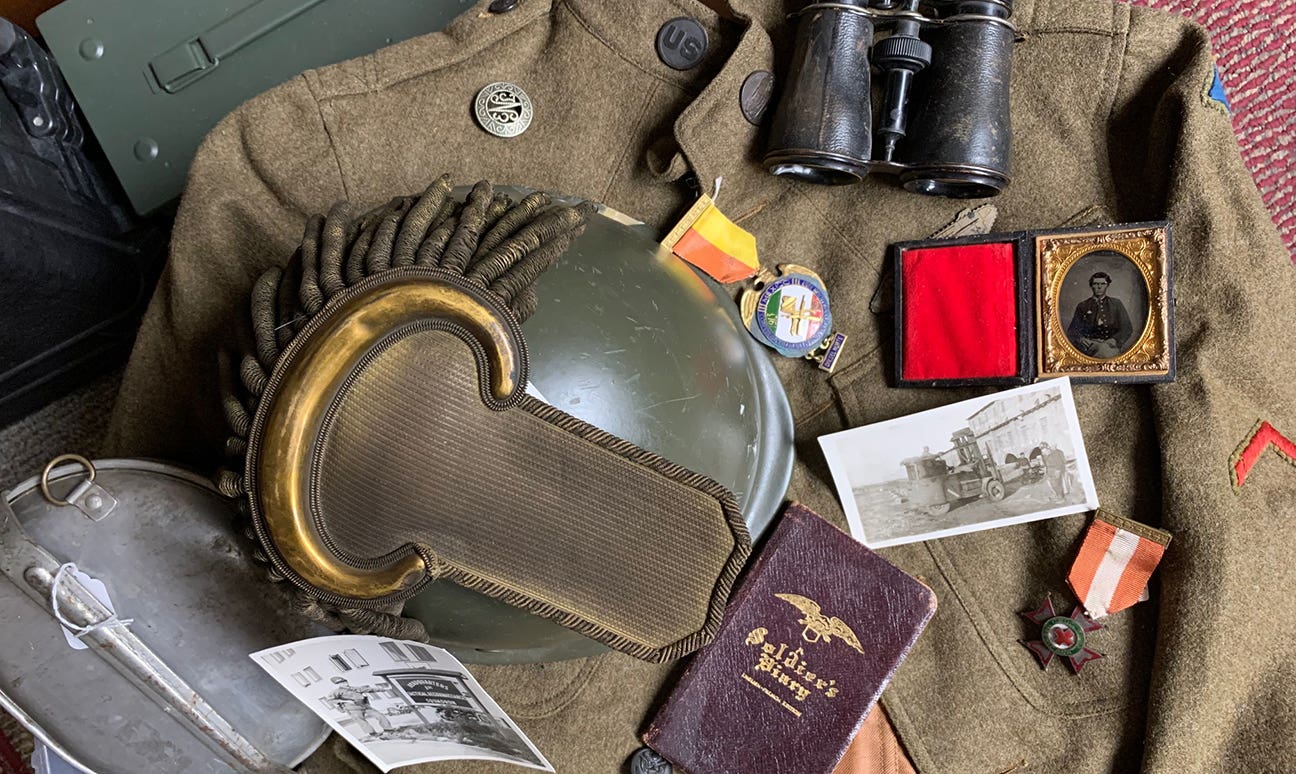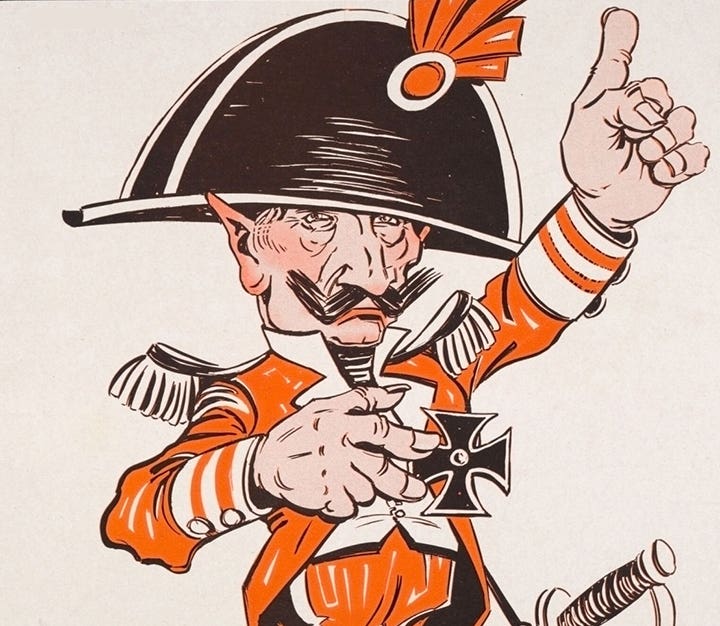Always research ‘the rest of the story’
Every afternoon when I was five years old, Dad and I would crawl in our 59 Chevy Impala (that we called the “Red Goose”) to make our store’s daily deliveries….
Every afternoon when I was five years old, Dad and I would crawl in our 59 Chevy Impala (that we called the “Red Goose”) to make our store’s daily deliveries. Back then, it was what we would now call a “a free customer service,” but back then, it was just part of doing business. We spent the minutes between driving from customer’s homes listening to WKTY AM radio out of La Crosse, Wisconsin. It was during those drives with Dad that I learned to appreciate, “the rest of the story.”
PAUL HARVEY WOULDN’T LIKE MEMES
At 12:10PM, the now legendary announcer and story teller, Paul Harvey, would come on the air. Dad and I would often sit in some customer’s driveway listening to Harvey weave an intricate tale before concluding with his punch line and sign-off, “And now you know…the REST of the story.”
I hadn’t thought about those great times alone with Dad in the car, sitting on the bench squeezed up against him because boxes or bags of groceries filled the seat next to the door and entire back seat. I didn’t come to value those times until many years later, but the impact of “the rest of the story” hit me immediately and has always played a role in my life. I believe, as collectors and historians, we naturally strive to learn “the rest of the story.”
I guess that is why, the other day, I was agitated when scanning posts by fellow collectors on Facebook. Though I know this is the age of the “meme” (and I am as guilty as anyone for sharing them), sometimes I am startled by what people share online.
If you need a refresher on what a “meme” is, basically, it was traditionally defined as “an element of a culture or system of behavior that is passed from one individual to another by non-genetic means, especially imitation.” These days, however, it is more commonly defined as “a humorous image, video, piece of text, etc. that is copied (often with slight variations) and spread rapidly by Internet users.” In this latter form, a “meme” is usually used in an ironic way to get a laugh.
But, as most forms of communications go, “memes” have become a favorite tools of the politically motivated to sway peoples’ opinions by making implications and hoping that the reader will draw conclusions that support the originators’ own agenda. While that may be a mouthful to digest, it is probably easier understood if I just share the meme:
The meme provides the viewer with two facts:
- On January 20, 1981, the Ayatollah released 52 hostages who he held for 444 days.
- On that same day, fifteen minutes earlier, Ronald Reagan took the oath that made him President of the United States.
I am assuming the creator of the meme—and those who spread it for him / or her—is counting on the bulk of people who see it are not researchers or historians like us. No, they are counting on some sort of assumption of cause and effect. The cause being Ronald Reagan taking an oath and the effect being that Reagan caused the Ayatollah’s release of hostages. Of course, they are totally unrelated, but it sure is something a lot of people would like to believe.
In fact, this sort of reasoning has a name within the study of philosophy: “Fallacies of questionable cause” or “false cause” (also known as causal fallacies, non-causa pro causa —Latin for "non-cause for cause"). The terms all refer to instances where a cause is incorrectly—and purposefully—misidentified. The teller is hoping that disparate facts will cause you to draw a misdirected conclusion about something. I just call these attempts, “Misdirects.”
In the case of the Reagan meme, the incorrect cause would be Reagan taking the oath and the resulting fallacy being that the Ayatollah responded to that cause by releasing the hostages. The poster is hoping to misdirect you to draw a incorrect conclusion based on—but unrelated— factual information.
The facts of the matter are (in very short form):
When Reagan was sworn in as president, the deal that led to their release had been brokered by President Jimmy Carter's administration. The hostages were released, not because of Reagan taking the Oath of Office, but rather, because the United States had already agreed to return nearly $8 billion in frozen assets to Iran, most of which Iran used to pay off foreign creditors. [The New York Times, 12/7/07]
Using this particular Reagan-Ayatollah distortion (or “meme”) was not new, however. Rudy Guiliani first used it during his campaign in 2007. Then, five years later, Fox News brought it back as an attempt to sway opinion on the Benghazi attacks, first by Eric Bolling [Fox News, The Five, 9/12/12] followed immediately by K.T. McFarland [Fox News, Fox & Friends First, 9/13/12].
And now, you know the REST of the story. That bit of research took me all of five minutes. But the people who use memes and other misdirects are not counting on the viewer / reader to step back and consider the information. They are playing upon your emotional response to blot out any intellectual response you might have.
COLLECTING MISDIRECTS
After stewing about the Reagan meme for a morning, I started to consider the fact that a collector had shared this. From that, I postulated, “Collectors might use “misdirects” all the time. So, with that in mind, I posted the following question on the U.S. Militaria Forum (USMF):
“I have been thinking about terms that are purposeful in misdirecting attention. The one that got me started on this path of thinking was when a fellow described a Nazi Ground Combat badge to me as a "as postwar manufacture" when all I could think was, "Fake". Sure, they both essentially say the same thing, but one was in slicker packaging.
So, my question is this: What terms have you encountered that basically "gild the lilly," that is, that attempt to make you think a relic is more exciting or enticing that it probably actually is?
I was surprised by the responses the question received! Moreso, because I am also guilty of using some of the misdirects that others identified! Keep in mind, we are calling a misdirect as having been given a fact with the hope that you draw a conclusion not based on the fact provided.
Here are a few of the most commonly identified misdirects (the credited sources are the handles by which people post on the USMFt):
*Dr_rambow: “I sometimes use this myself when talking about something that has been used but not abused, but I'm always amused when someone refers to an item that has been completely obliterated as having "character,” as in, “This plate is shattered. Yeah, that gives it character!"
The fact: The plate is shattered.
The misdirect: Though no longer intact, the broken pieces project interest.
*Brobs: "Displays well,” "salty," and "been there."
The fact:Object is severely worn or damaged
The misdirect:The damage somehow imparts history.
*Brobs: “If only this could talk" or "It oozes history.”
The fact: The seller knows nothing about the origin of the object.
The misdirect:Without any supporting evidence, the object still possesses significant historical significance, therefore validating charging a higher than expected price.
*Beast: "Made in-county.”
The fact: The item was made in the country of the conflict.
The misdirect:Item was made in years after the conflict but in the same city. As an example, a patch made in Ho Chi Minh City in 2004 is still made “in-country,” but as collectors, we know that is not as valuable as one made in Ho Chi Minh City during the Vietnam War.
*doyler: “Text book example.”
The fact: The item you are holding is tangible. That is, it is in your hands.
The misdirect:Somewhere out there, it matches what someone has published as being an authentic specimen, and therefore is trustworthy. Rarely will the person who uses this expression actually provide the name of the “textbook” or photocopies of the textbook example to support his/her claim.
*Salvage Sailor: “Rare patch manufacturer’s error.”
The fact: A particular patch has design elements that have unraveled or otherwise disappeared.
The misdirect:This patch is an anomaly, and therefore, more valuable.
*doyler: “Rigger Made”
The fact: An accouterment that has been altered from its manufactured appearance.
The misdirect: The seller is hoping that you will believe that the item has combat or field use history, thereby making it more valuable.
*KurtA: “Trenched.” (usually used when describing USMC insignia)
The fact: A particular piece of insignia has been altered from its manufactured appearance.
The misdirect:The seller is hoping you will imagine some Marine, late at night, carefully enhancing his personal insignia between shots from his foxhole—thereby, making the item more valuable.
*doyler: “Farm-fresh” or “barn-find,”
The fact: A particular relic is pretty filthy and probably damaged in some way.
The misdirect: The seller is hoping that you will experience one or both reactions: a) You are the first person to recognize the (implied) historical significance of the object, and b) It came out of some location that gives the object more significance over another item. For example, “Barn find” could imply that a helmet came out of a barn on the coast of France and not out of one in northern Iowa.
*aurealius180: “Honest example.”
The fact:Item is original, but in a varying degree of condition other than “as manufactured.”
The misdirect:You should buy this item right now rather than waiting to find an example in better condition.
These are only a few examples…the thread on the USMF is more than four pages and still growing! The point of all this is, we as collectors have the innate ability to search for—no, demand—the facts. While I wholeheartedly agree history would be so much easier if we could boil it down to catch phrases or memes that perpetuate a person's mythology or serve to sway your opinion away from factual discovery, we are historians who search for verifiable, researchable facts of discovery. So, stay on guard when a seller—on anyone—tries to sway you from that path. We, as a group, are committed to discovering “the REST of the story.”
Preserve the memories,
John Adams-Graf
Editor, Military Trader andMilitary Vehicles Magazine
John Adams-Graf ("JAG" to most) is the editor of Military Trader and Military Vehicles Magazine. He has been a military collector for his entire life. The son of a WWII veteran, his writings carry many lessons from the Greatest Generation. JAG has authored several books, including multiple editions of Warman's WWII Collectibles, Civil War Collectibles, and the Standard Catalog of Civil War Firearms. He is a passionate shooter, wood-splitter, kayaker, and WWI AEF Tank Corps collector.



